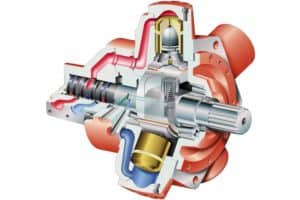Metrology Glossary: Axial Load
What Is An Axial Load?
An axial load represents a force exerted along an object’s length, aligned with its central axis. This force can manifest as either a tensile load, which involves pulling or stretching, or a compressive load, which involves pushing or compacting. In both cases, the force acts parallel to the object’s axis, impacting its structural integrity and behavior. Understanding how axial loads interact with materials is crucial in engineering and design to ensure the integrity and safety of structures under different loading conditions.
Why Are Axial Loads Important?
Axial compressive loads pose a risk to structures such as columns, pillars, beams, walls, and arches, which demands precise design to prevent buckling. Simultaneously, cables, rods, wires, and trusses encounter axial tensile loads, requiring careful analysis to ensure they remain within their tensile strength limits. Mechanical components such as shafts, vital for power transmission, endure axial compressive loads due to applied torque, while springs leverage axial loads for energy storage and shock absorption. Fasteners such as bolts, screws, and rivets rely on axial pre-tension to secure joints and prevent loosening. Materials testing employs axial loads in both tensile and compressive tests to determine material strength. In civil engineering, axial load analysis is crucial for bridges and buildings, ensuring structural integrity under diverse loads. In aerospace engineering, axial loads are examined in fuselages during flight for structural integrity and in wing design to withstand lift and air pressure, considering material properties and wing geometry for optimal performance.
Related Terms
Further Reading






